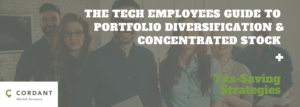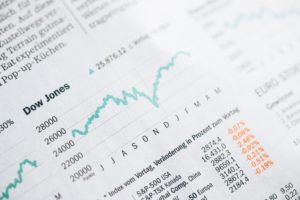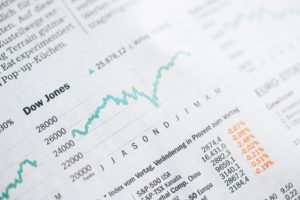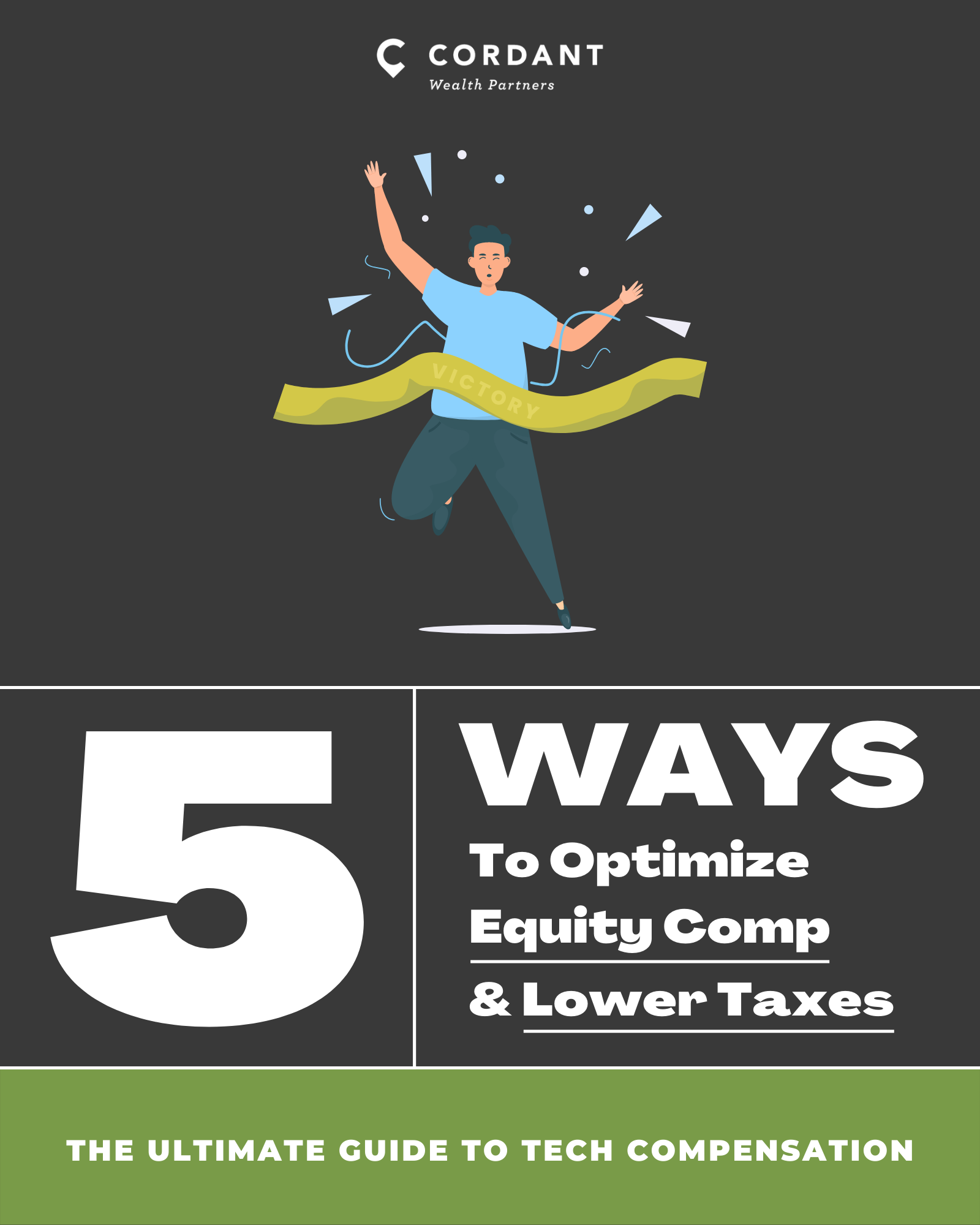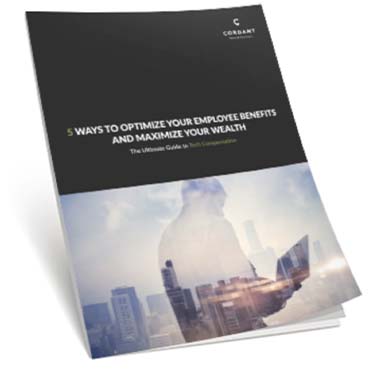In this post, we’ll outline everything you need to know about diversifying a concentrated stock position. We’ll cover what is too concentrated, the benefits of portfolio diversification (and the drawbacks), plus provide some tips on managing taxes. In our conversations with Tech professionals, we’ve learned that most know they should diversify their portfolio. But they don’t know how to... Read More
How Much Company Stock Should I Hold? (Part 2 of 2)
This post is part two of ‘How Much Company Stock Should I Hold?’ In this article, we dive deeper into two areas: If you hold company stock, what form of equity compensation is the best to own, and How to maintain your desired allocation over time What Type of Company Stock Should I Hold? Let’s assume that you wish to... Read More
What’s Your Benchmark?
How did the market do today? Whether it’s NPR, the Wall Street Journal or small talk with your neighbor, most conversations about the stock market and economy inevitably reference either the Dow, NASDAQ or S&P 500. But are they appropriate measurements? What do they actually track? And most importantly, are they appropriate measure of performance? The investment benchmark industry is... Read More
How Much Company Stock Should I Hold? (Part 1 of 2)
Chances are if you work in the technology industry, part of your compensation will include company stock. We’ve written about various forms of equity compensation before (RSU’s here and here, ESPPs here and here, Stock Options here) but today we want to address a question that anyone investing in their company ultimately has to answer: How much company stock should... Read More
Rebalancing: Simple, Effective But Not Always Easy
In Our Bear Market Playbook, we included rebalancing as part of the game plan when markets drop. Often overlooked as obvious and boring, it's effective and, therefore, not to be neglected. Most of the time, rebalancing is a risk management strategy as stocks get sold to fund other portfolio diversifiers. But during a market downturn, like Q1 2020, there is... Read More
Enhancing the Investor Experience – Perspective on the Recent Volatility
Dimensional Fund Advisors (DFA), an asset manager we utilize in our client portfolios, produced a webinar for clients that focused on putting the recent market volatility in perspective. While DFA’s performance track record speaks for itself, what sets them apart in the industry is their ability to assimilate complex historical data into intuitive themes that allow investors to achieve superior... Read More
Our Bear Market Playbook
This post isn’t meant to minimize the human impact that the Coronavirus has on those affected but simply to share perspective on the impact of the outbreak to the markets and a well-diversified investment portfolio. With the coronavirus pandemic now impacting the entire globe, markets across the world are reacting. As of Tuesday’s close, the S&P 500 index is off 26% from... Read More
Some Perspective on Recent Market Movements: The Coronavirus and Things to Remember About Investing in Stocks
This post isn’t meant to minimize the human impact that the Coronavirus has on those affected but simply share perspective on the impact of the outbreak to the markets and a well-diversified investment portfolio. With Coronavirus fears dominating the headlines this week and pushing the markets into correction territory (defined as down 10% or more) it’s worth reviewing some... Read More
Should You Reduce Your Investment Risk When You Retire? The Four Factors to Consider
The common perception is that as you age, or more specifically as you approach retirement, you should reduce the risk in your investment portfolio. In most cases, this means reducing exposure to the stock market and increasing exposure to fixed income (i.e., bonds). The goal is to dampen the ups and downs with the understanding that the potential upside is... Read More
Benchmarking Investment Returns & Flaw of Averages
Investing – Simple and Complex On paper, investing is simple - invest in a broad basket of stocks and over time you’re likely to achieve positive returns (historically speaking). Who hasn’t seen this chart before? Source: Dimensional Fund Advisors However, in practice, investing gets a little more complex when things like time-frame, objectives and preferences get factored in. ... Read More
